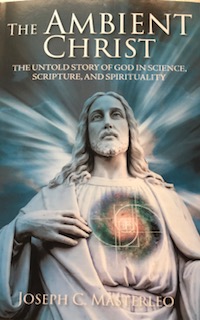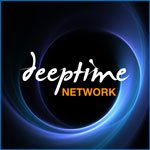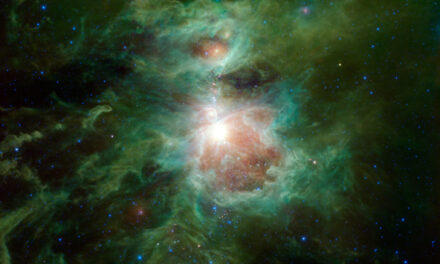The Ambient Christ, The Untold Story of God in Science, Scripture and Spirituality
Click for this Resource!
Modern science and world religions agree that there is a unified field in the cosmos that holds everything together. Science calls it a field of fundamental forces and elementary particles. Religion calls it God and accepts it by faith as an impenetrable mystery. In his book, The Ambient Christ, the author seeks to integrate their historically divided perspectives. Utilizing ancient cosmologies, sacred geometry, physics, art, literature and the Judeo-Christian Scripture as portals to the Infinite Invisible, a novel paradigm is proposed that reconciles previously siloed disciplines. Moreover, the author identifies the common universal element (light) that informs the space-time field at all scales and creates the seamless interbeing unity between scientific and religious cosmologies. This innovative paradigm rounds out the traditional emphasis on the juridical (sin-redemption) and other-worldly focus of the gospel by introducing the third, or organic nature of Christ that embeds in the heart of matter, and connects inner with outer worlds. Inspired by the writings of Thomas Merton (ecumenism), Teilhard de Chardin (synthesis), and Thomas Berry (ecotheology), his objective to tell a new, future-looking story for an ailing and divided planet in the Ecozoic Age, one that forms a connecting bridge between the biblical story of creation, modern science, and ancient cosmologies.
- Used by people who call the work: New Cosmology, The New Story
- Applies a deep time evolutionary perspective to: Art, Biology and Earth Systems Science, Current Issues, Ecology/Sustainability, Education, Other (a synthesis that harmonizes with all disciplines and all religions bar none), Religion/Spirituality, Science, Social Justice
- Learning Stages: Adult Education, Higher Education, Lifelong, Middle 6 - 8, Secondary 9 - 12
- Type: Book, Video
- Keywords: Integration-Synthesis-New Story-Cosmology-Cosmotheology--Inter-spiritual-Interbeing
- Why I love this Resource: It offers a grand synthesis that integrates scientific and religious cosmologies by identifying the common universal element (singularity) that is the foundation and structure of all created things
- Link to Resource: Click here
- Posted By: Joe Masterleo
- Date Added: February 6, 2021










